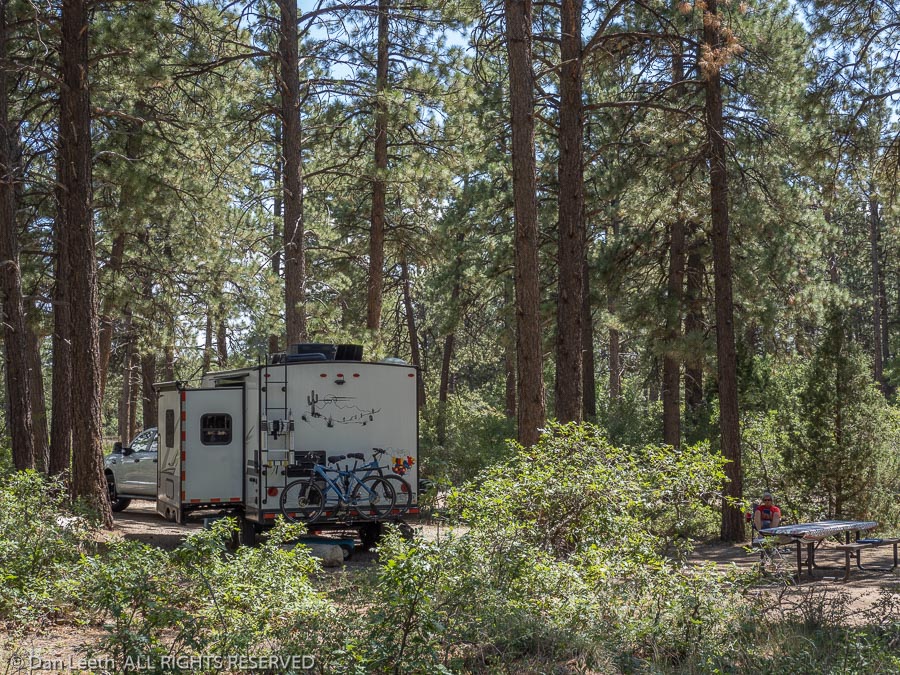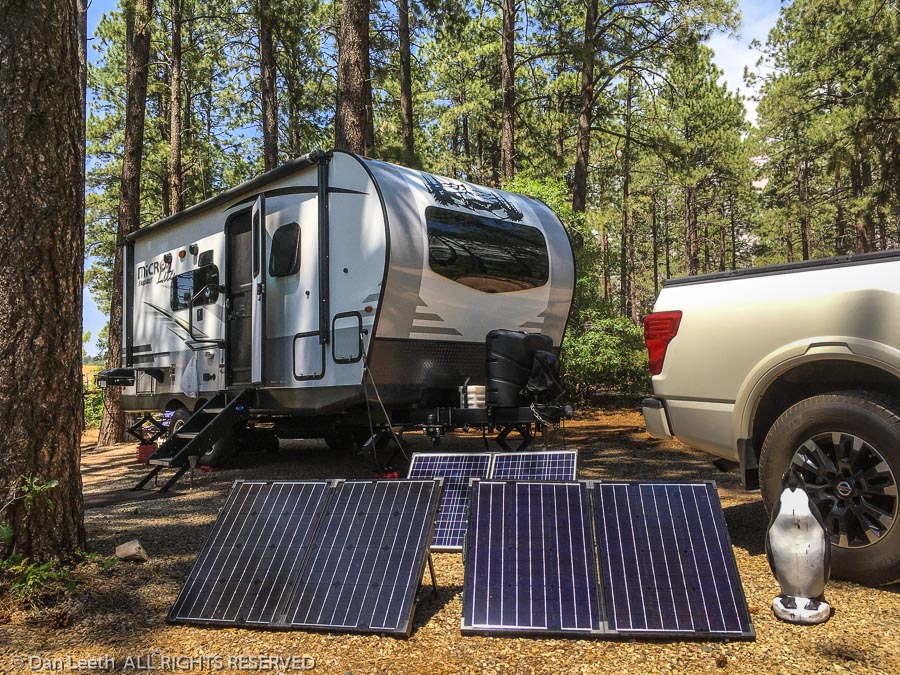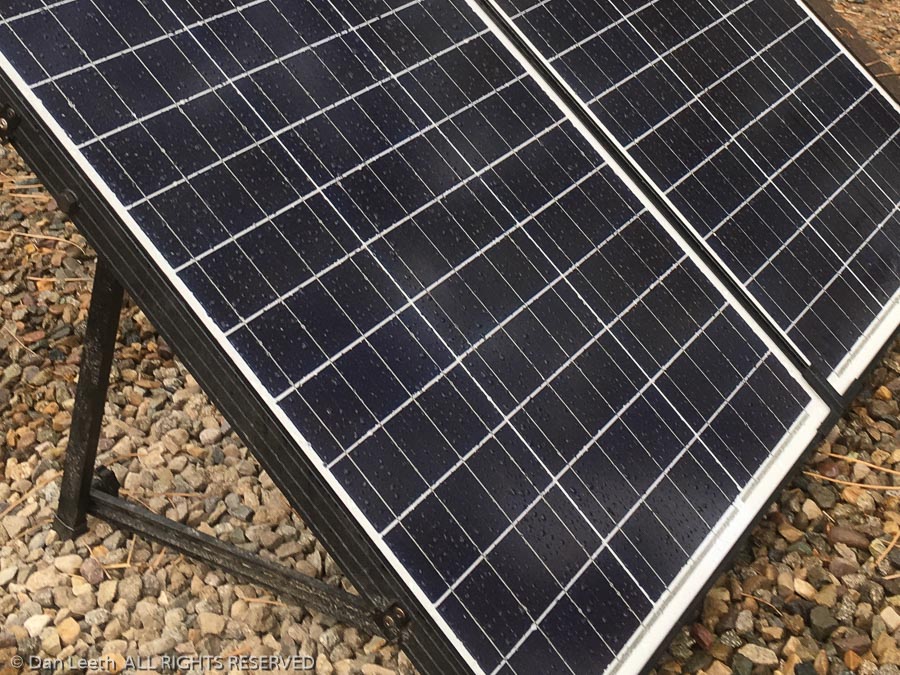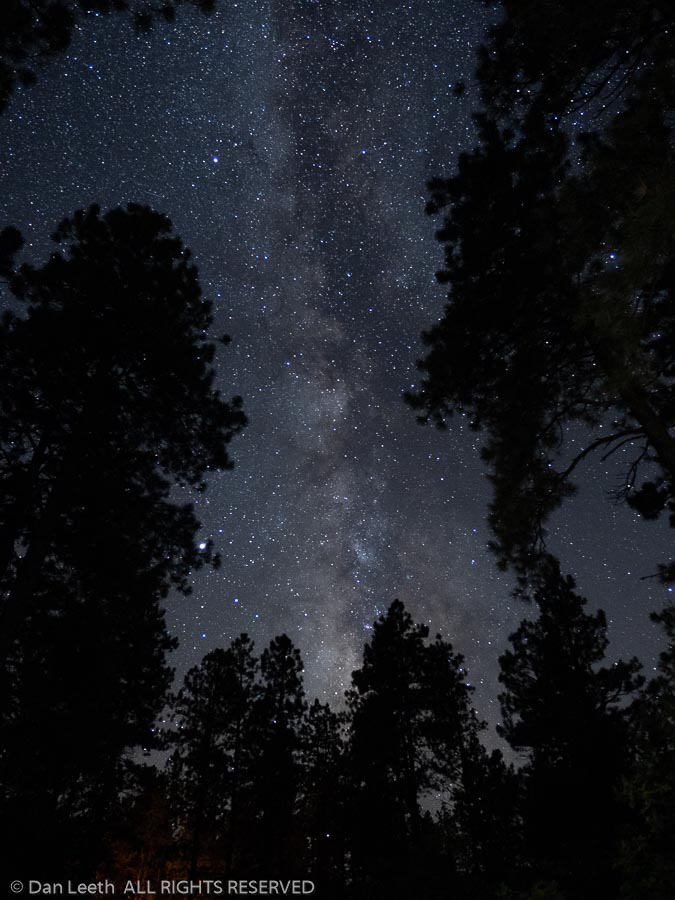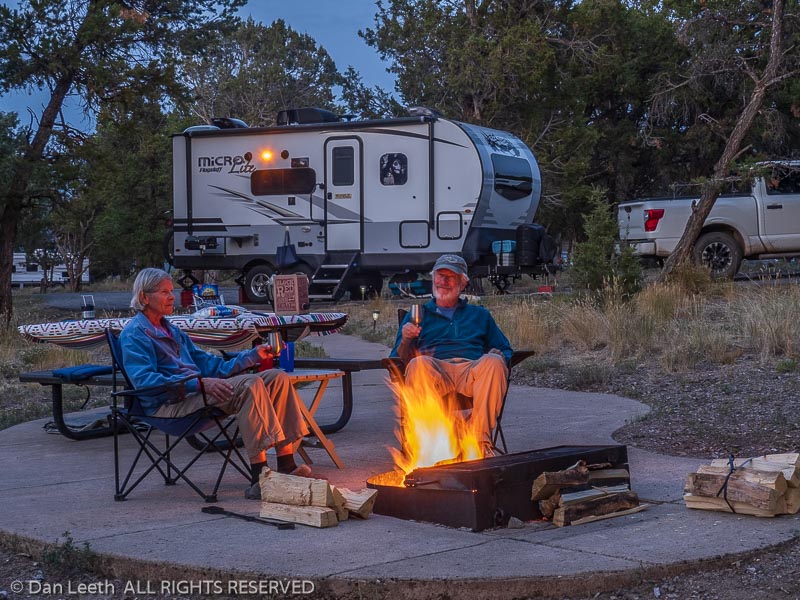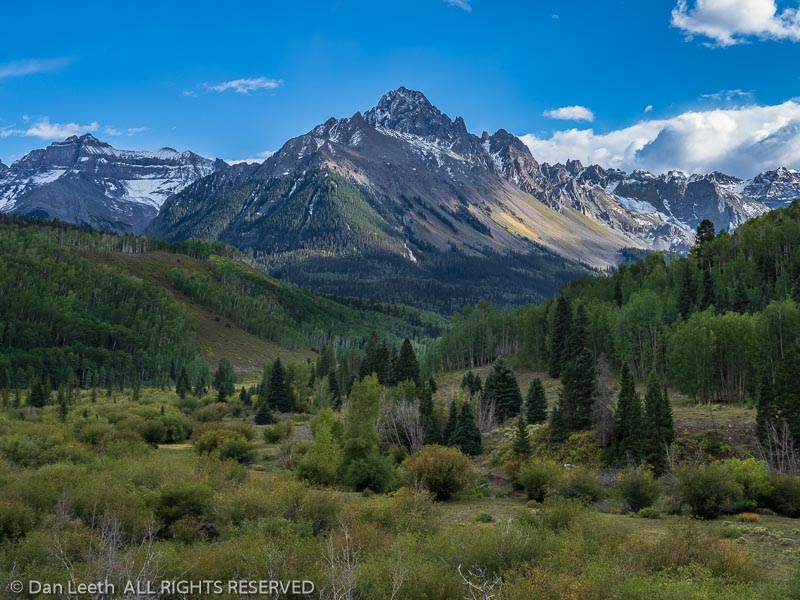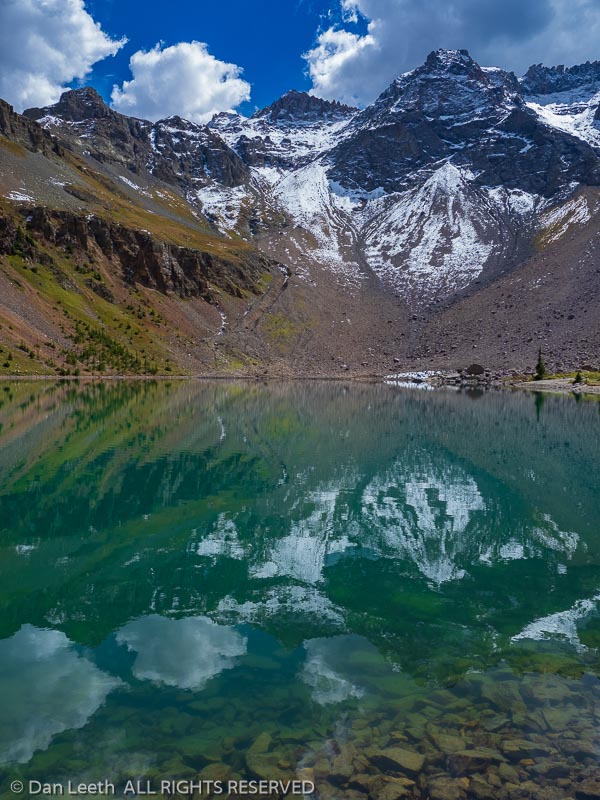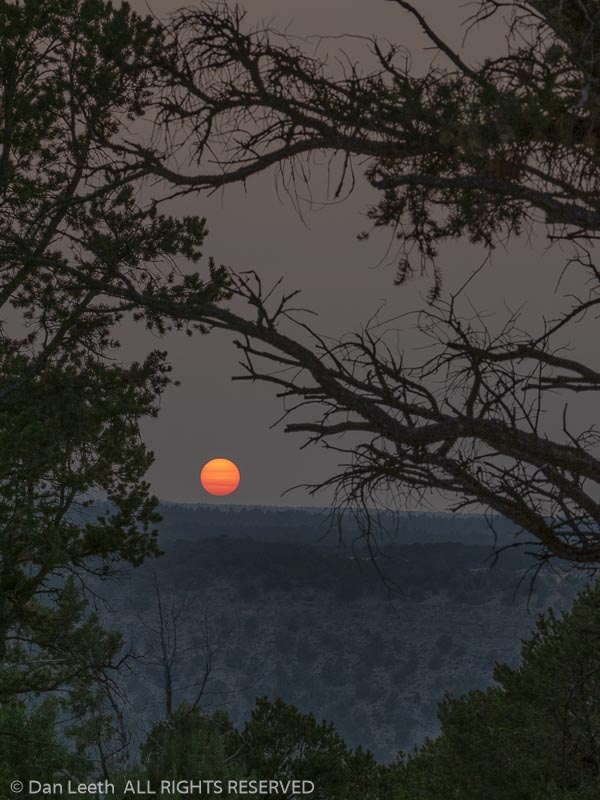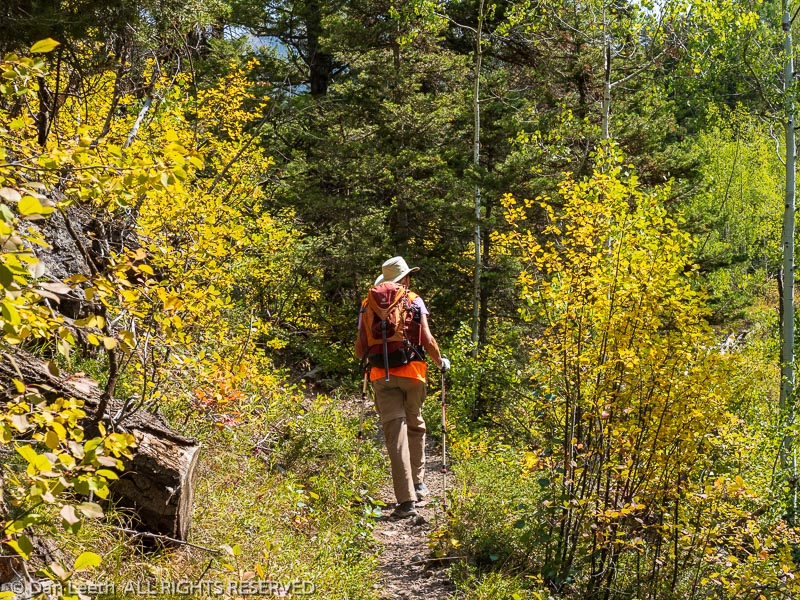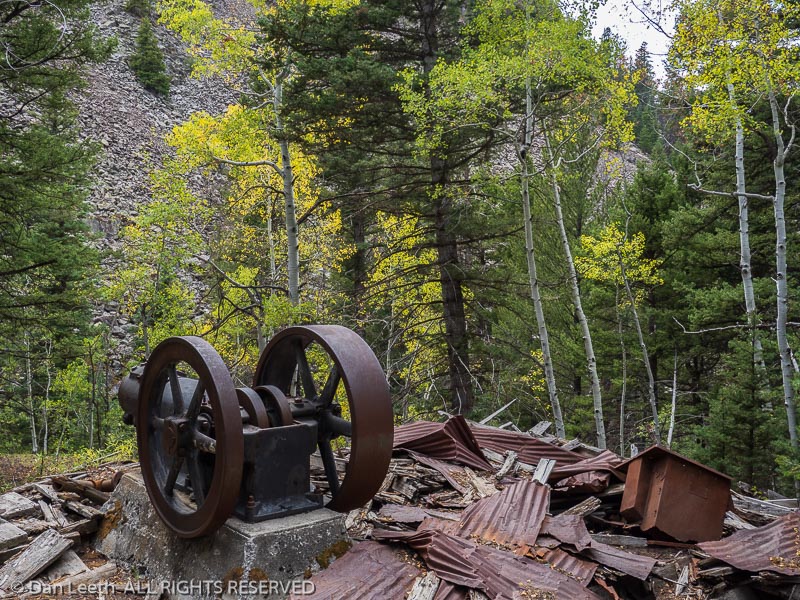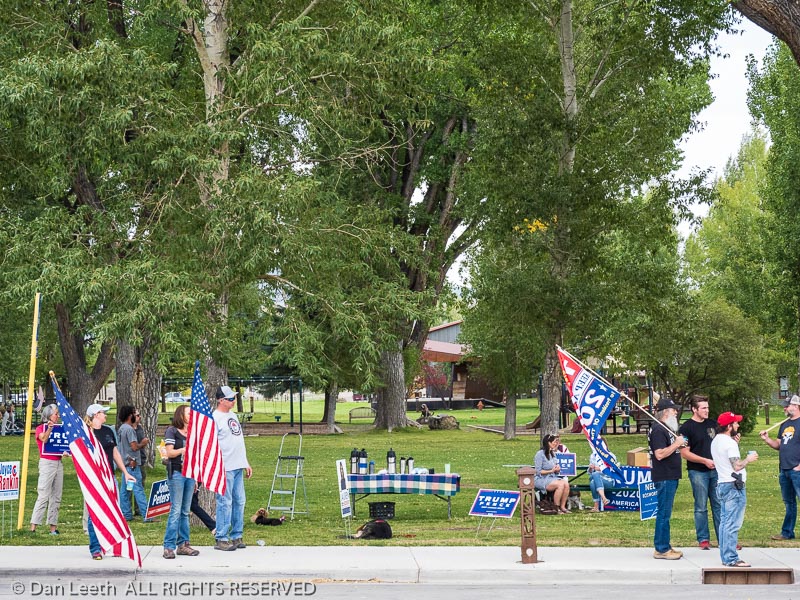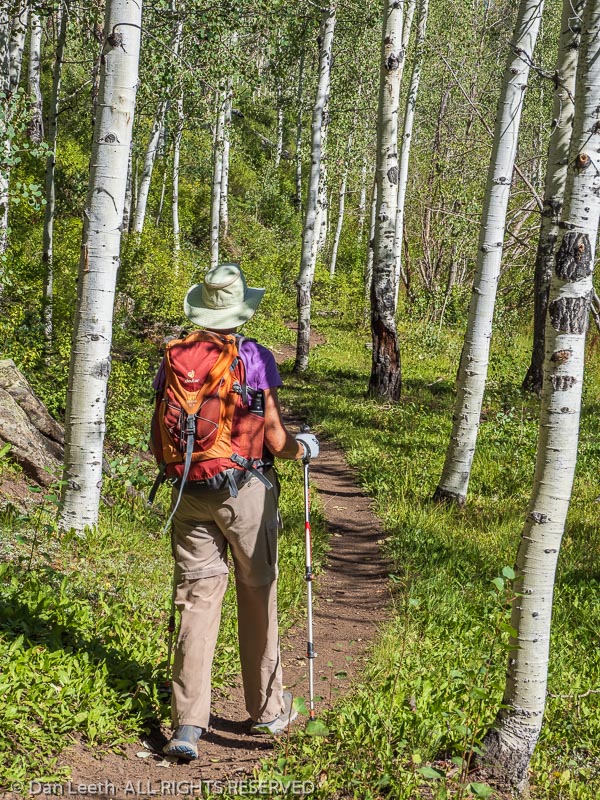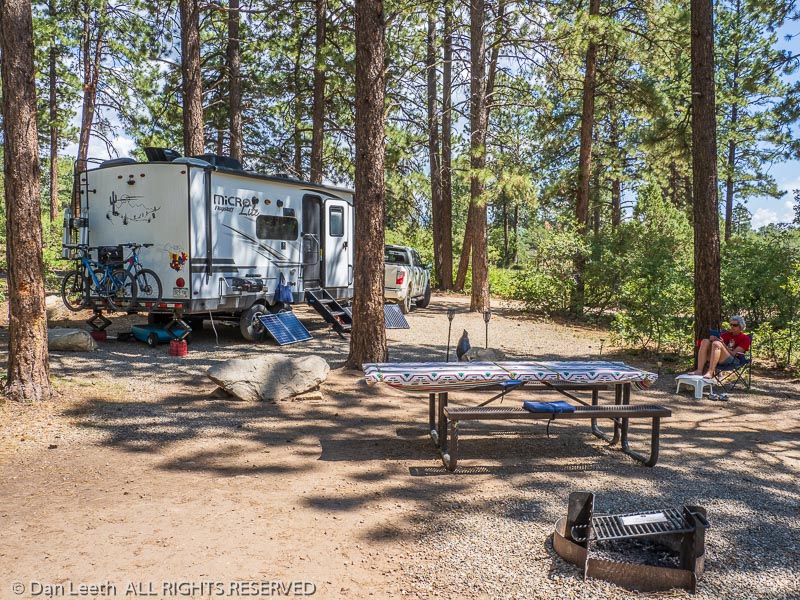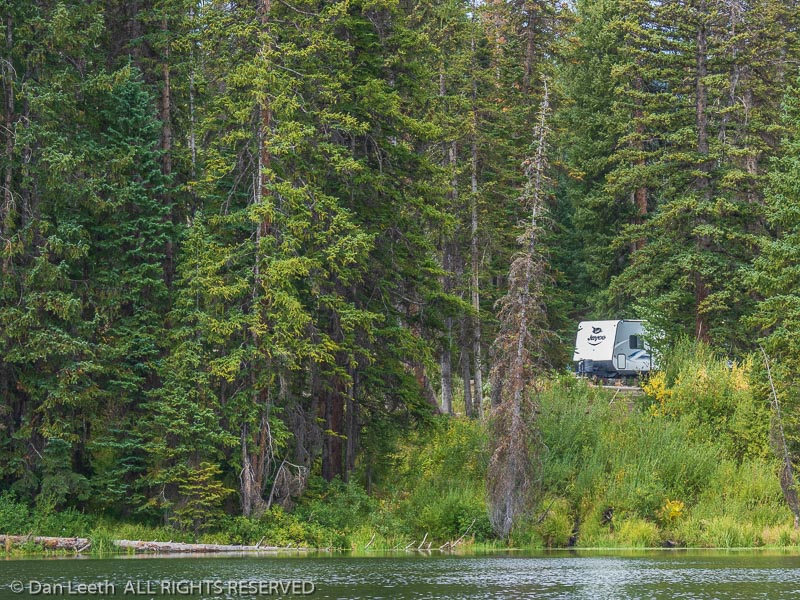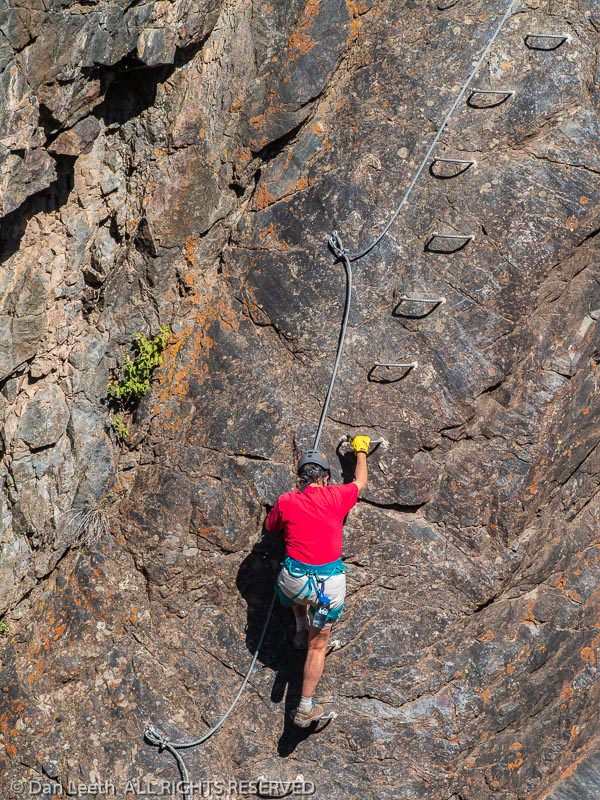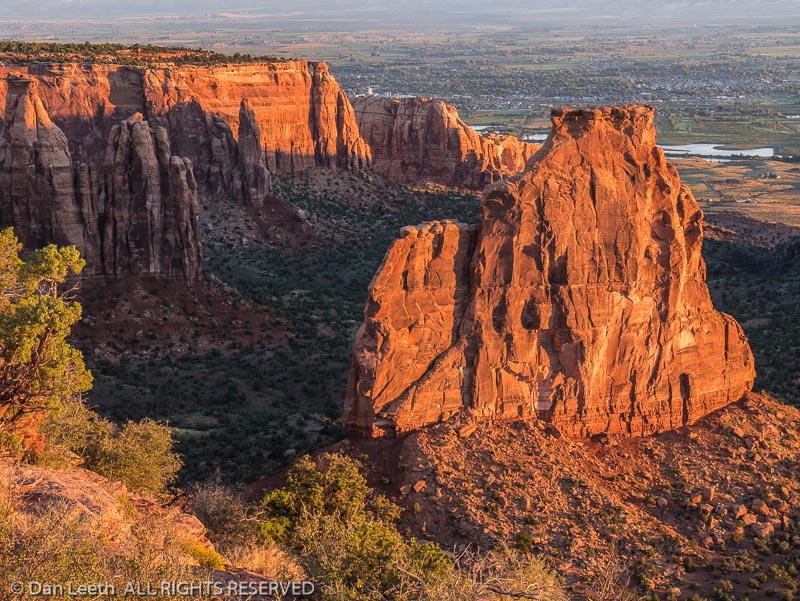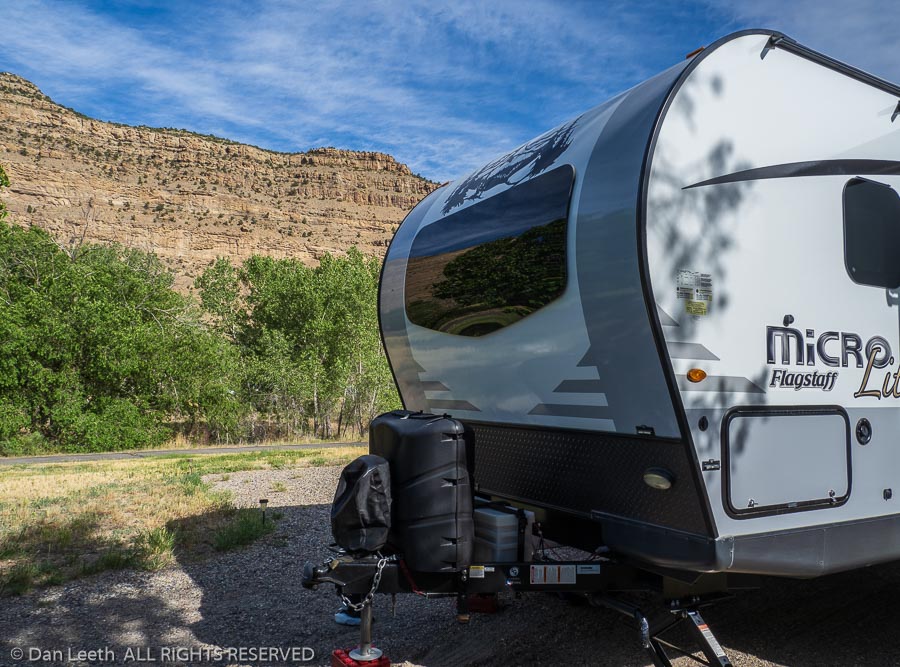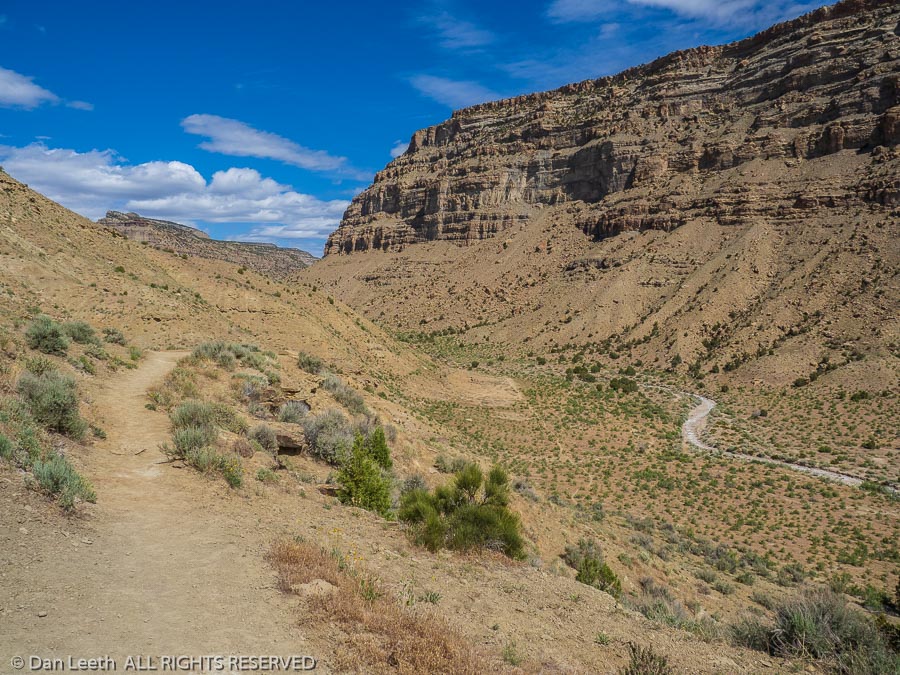It’s Monday, Labor Day, and our old friend, the smoke, has returned with a vengeance. It’s been nearly crystal clear around here until today. I’m wondering if we’re going to have enough solar power penetrating this cloud of smoke to charge the battery.
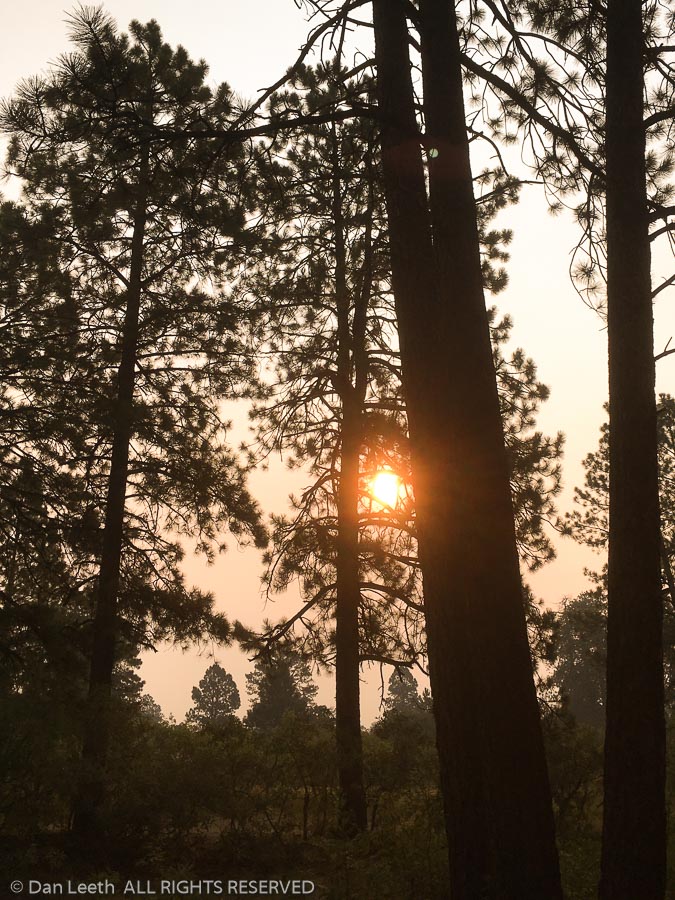
Apparently, smoke from the California fires combined with smoke from the Grand Junction area has arrived here in southwestern Colorado. AccuWeater says it’s sunny outside, but we can’t even see Ol’ Sol through the thick, foggy cloud of smoke. Cold temperatures combined with rain and/or snow is predicted for tomorrow and Wednesday, which hopefully will clear the air.

We really love Mancos State Park. Even over the three-day weekend, it’s been relatively quiet and peaceful. We’re now watching everybody departing. By midweek, the campground should be virtually empty. We’ll love it even more then.
Since leaving home, we’ve pedaled over 100 miles and hiked over 60. Yesterday we did a 12¼-mile hike out of the park with 1,600+ feet of vertical. Thirty years ago, we would have done that with 40- and 50-pound packs on our backs and declared it to be an easy day. Returning to camp yesterday, just climbing the steps into the trailer to fetch the beers took an effort. This getting old sucks.
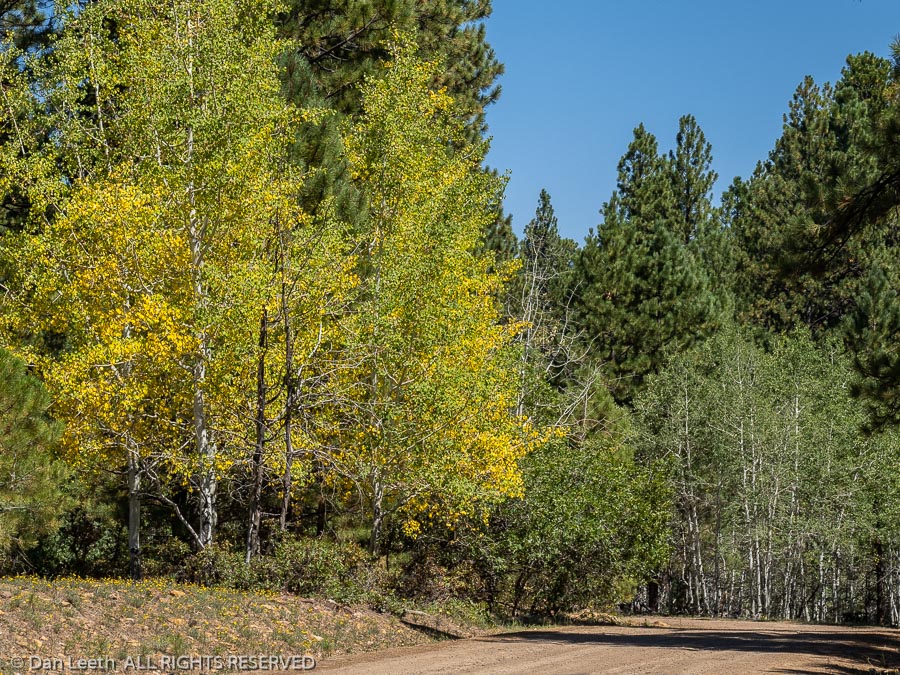
Fall color is just beginning to hit the mountains. Scrub oak leaves are turning a rusty orange and the golden finger of Midas has begun to touch the aspen. We’re hoping for spectacular color when we hit Ridgway next week. We’re also hoping the smoke will be gone so we can see (and photograph) that color.
Thanks to Covid, we’re setting a record on this trip. We’ve now been camping for 23 consecutive nights and have not once dined in a Mexican restaurant. We haven’t gone that long without a burrito and margarita since we spent three months camping across Canada.
Yes, we all have to make sacrifices during this pandemic, but this is truly roughing it.

